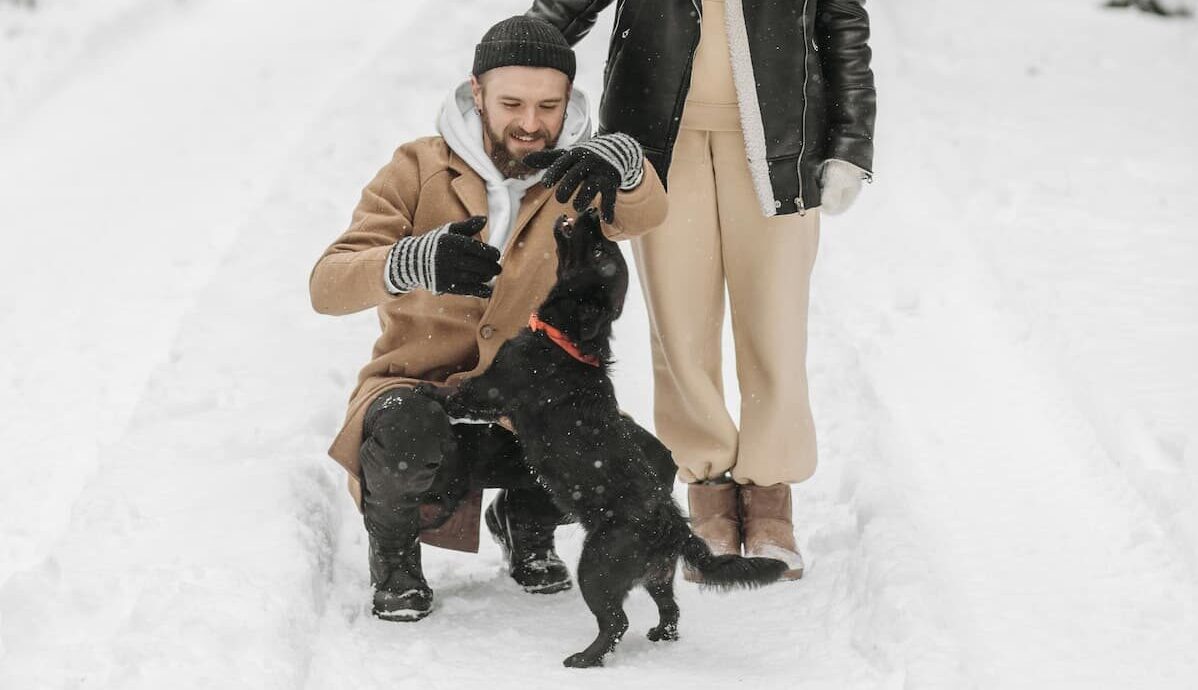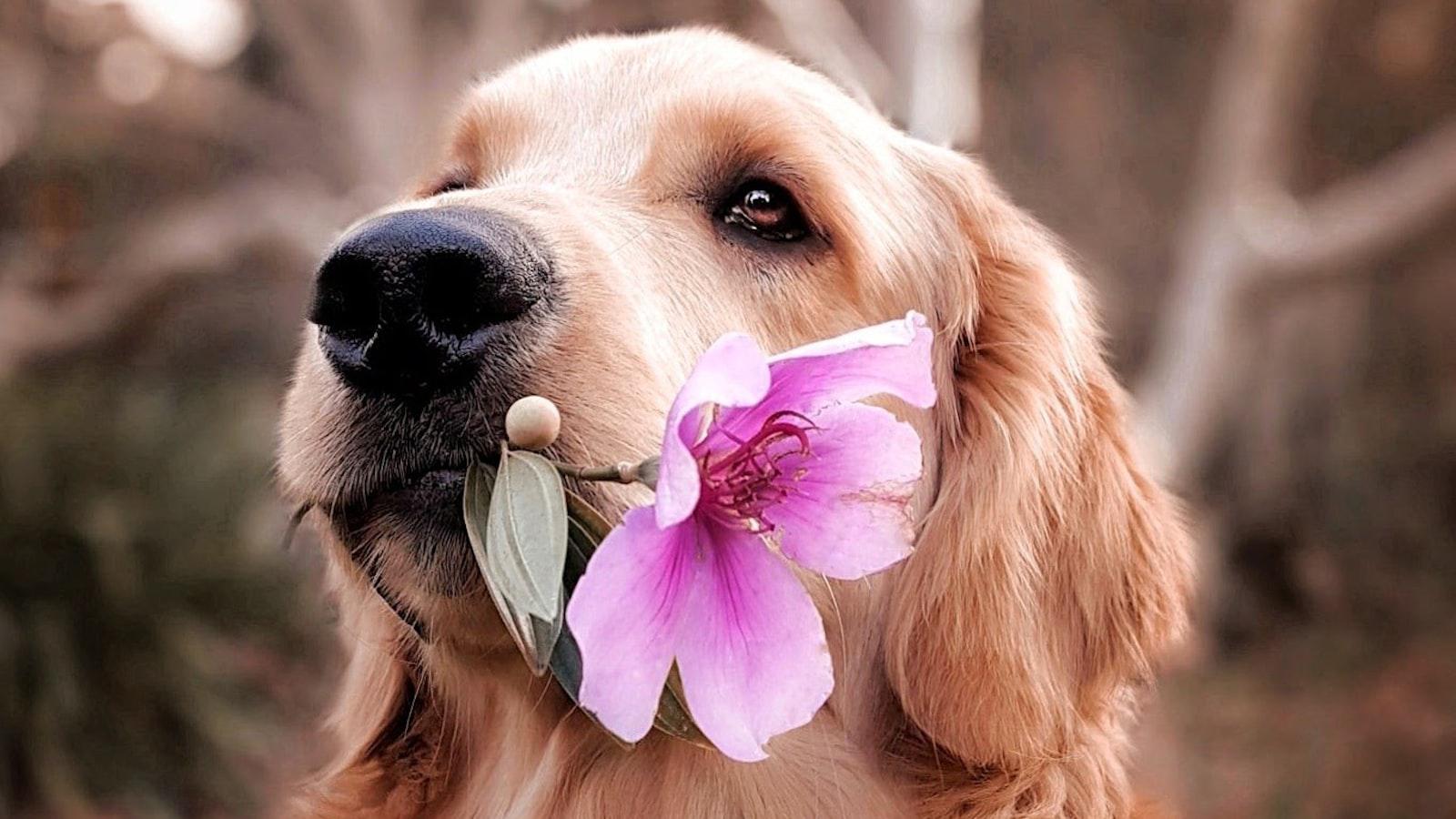Have you ever found yourself in the middle of a seemingly innocent family gathering, only to have your beloved canine companion decide it’s the perfect time to unleash their inner Casanova and start humping your leg, much to everyone’s embarrassing amusement?
Well, you’re certainly not alone in this peculiar situation.
Many dog owners have pondered the mysterious phenomenon of why their furry friends seem to exclusively target one particular family member for their humping antics.
This article will show you the juicy details behind this embarrassing habit.
Understanding Why Dogs Hump One Family Member More than Others
Dogs are lovable creatures, but it can be quite embarrassing and puzzling when they single out one family member for their humping behavior.
It’s not uncommon for dogs to display this behavior, but why do they choose one person over others?
Here are some possible reasons behind this perplexing behavior:
Bonding and Hierarchy
Dogs are pack animals by nature, and they often use humping as a way to establish dominance or reinforce existing hierarchies within the family.
By humping a family member, particularly one they perceive as lower in the pack order, dogs may be expressing their need for control and asserting their position within the family unit.
This behavior is more commonly seen in male dogs, as they tend to have a stronger urge to display dominance.
Familiarity and Scent
Dogs have an incredible sense of smell, and they often rely on scent as a means of recognition and comfort.
It’s possible that the family member who is humped more frequently has a scent that the dog finds particularly familiar or soothing, leading to them seeking comfort or security through this behavior.
Body Language and Energy
Dogs are remarkably attuned to our body language and energy levels.
If your family member exudes a more passive or submissive aura, they could become a target for the dog’s dominant behaviors.
Reinforcement and Attention
Dogs are highly perceptive and quickly learn what actions elicit attention from their human companions.
If a dog receives a reaction, whether positive or negative, when humping a specific family member, they may continue the behavior as a way to seek attention or gain a desired response.
It’s essential for all family members to remain consistent in their reactions to discourage this behavior.
Stress and Anxiety
Just like humans, dogs can experience stressors in their environment that cause them to feel anxious or overwhelmed.
Humping can be a coping mechanism for dogs to alleviate their anxiety and provide a sense of comfort.
If you notice that your dog only humps one specific family member and it seems to be linked to certain situations or environments, it’s possible that stress or anxiety may be the underlying trigger.
Excitement
If a dog becomes overly excited during playtime or when greeting a family member, they may express their enthusiasm by humping.
This behavior can be seen as their way of releasing built-up energy or as a form of self-stimulation.
It’s important to remember that this type of humping is not necessarily sexual in nature, but more of an outlet for their excitement.
It’s also worth considering that dogs, like humans, have individual preferences and personalities.
Just as some humans might favor one family member over another, dogs can develop close bonds with certain individuals within their family circle.
This preference can manifest itself in various ways, including humping.
It’s important to remember that this behavior is a reflection of the dog’s unique personality and may not necessarily indicate any deep-rooted psychological issue.
Tips and Strategies for Managing and Redirecting This Behavior
Seeing your dog hump another family member can be embarrassing, uncomfortable, and may lead to confusion and frustration.
However, with a little understanding and some strategic techniques, you can effectively manage and redirect this behavior, ensuring a harmonious and pleasant environment for everyone involved:
1. Ensure Consistent Boundaries: Dogs thrive on structure and consistency.
Make sure you establish clear boundaries and rules that apply to every family member.
Treat your dog equally to avoid confusion or favoritism that could encourage this behavior.
Consistency is key when it comes to setting expectations and teaching your furry friend what is appropriate.
2. Redirect the Behavior: When you notice your dog attempting to hump a specific family member, it’s important to redirect their focus elsewhere.
A useful technique is to keep interactive toys, treats, or chew bones on hand and nearby.
Whenever your pup starts to exhibit this behavior, calmly and gently guide their attention towards the toy or treat, encouraging them to engage in a more appropriate activity.
3. Positive Reinforcement: Dogs respond well to positive reinforcement, so don’t forget to celebrate and reward good behavior.
Whenever your pup displays appropriate conduct and chooses not to exhibit the humping behavior towards any family member, praise them and offer a tasty treat or favorite toy.
This emphasizes the desired behavior and helps your dog understand what is expected of them.
By establishing consistent boundaries, redirecting their attention, and reinforcing positive behavior, you can effectively manage and redirect the humping behavior towards a specific family member.
Remember, patience and understanding are key components in addressing this issue.
With time and the right approaches, you can create a harmonious and loving environment for your entire family, including your furry friend.
Remember, dogs rely on us to decipher their behaviors and needs, and humping is just one of the many ways they try to communicate with us.
By building stronger bonds with our dogs and promoting healthier interactions, we can foster a deeper understanding of their unique personalities and ensure a happier and more fulfilling relationship for both pet and owner.
FAQ
Q: So, why does my dog hump only me or someone else in the family?
A: Well, first things first, it’s crucial to understand that this behavior doesn’t necessarily indicate a naughty or inappropriate mindset on your dog’s part.
Dogs have a wide range of reasons for engaging in this peculiar activity, and it’s rarely about anything inappropriate, quite contrary to what you might think.
Q: What are some possible explanations for this behavior?
A: One primary reason your pup tends to hump only one family member is simply based on their personal preference.
Just like humans, dogs form close bonds and develop individual preferences when it comes to social interactions.
Your dog may find comfort in humping you or another family member, viewing it as a form of affectionate play.
Q: Okay, so it’s about affection.
But can it be related to dominance?
A: Ah, the dominance question.
While humping can occasionally be linked to a desire for dominance, it’s not usually the driving force behind this behavior.
Dogs explore dominance in various ways, such as through body language or assertive behaviors.
When it comes to humping, it often stems from excitement, arousal, or just plain old-fashioned playfulness rather than attempting to establish dominance over you.
Q: Is there any cause for concern when it comes to this behavior?
A: In general, consensual and occasional humping amongst dogs is considered quite normal.
However, if your dog’s humping behavior intensifies, becomes obsessive, or causes distress to either party involved, it might be worthwhile to consult with a veterinarian or a professional dog behaviorist.
They can help determine if underlying factors, such as anxiety, stress, or hormonal imbalances, are contributing to the behavior.
Q: Can anything be done to discourage humping behavior?
A: Absolutely!
There are several ways to address your dog’s humping tendencies.
Redirecting their behavior to more acceptable forms of play, providing them with plenty of physical and mental stimulation, and engaging them in training exercises can all prove helpful.
Additionally, neutering or spaying your dog may alleviate hormonal influences that might contribute to humping.
Q: Any final thoughts on this head-scratcher of a humping behavior?
A: Remember, dear reader, the humping behavior of our beloved canine companions often stems from innocent motives.
Be patient and understanding with your pup, and focus on cultivating a healthy and enriching environment for them.
And if you ever find yourself in the spotlight of their humping escapades, take solace in knowing that you are undoubtedly a cherished member of their pack!
Final Reflections
While being humped by your dog may initially seem like an embarrassing or uncomfortable situation, it’s important to remember that our furry friends often have their own unique ways of expressing affection, excitement, or even asserting a sense of dominance.
From the perspective of canine instincts, a dog’s humping behavior can be influenced by a combination of factors like scent, body language, and social hierarchy within the household.
It’s not uncommon for dogs to single out one family member as their preferred target, possibly due to their strong bond or the individual’s specific behaviors or actions that prompt this response.
But fear not!
If your furry companion has pinpointed you as their chosen humping buddy, it doesn’t necessarily mean you’re doing something wrong or that you should be concerned.
Dogs don’t have the same social rules and inhibitions as we humans do, and their intentions are usually innocent and pure-hearted.
However, it’s essential to establish appropriate boundaries and communicate your preferences if this behavior becomes persistent or uncomfortable for you.
Consistency in training, redirection, and providing alternative outlets for their pent-up energy can help redirect your pup’s attention and discourage the behavior, if desired.
Remember, every dog is different, and understanding their individual personalities and needs is key to maintaining a healthy and harmonious relationship in your household.
So, whether you choose to embrace this quirky behavior or work on redirecting it, always approach it with patience, kindness, and a good sense of humor.












